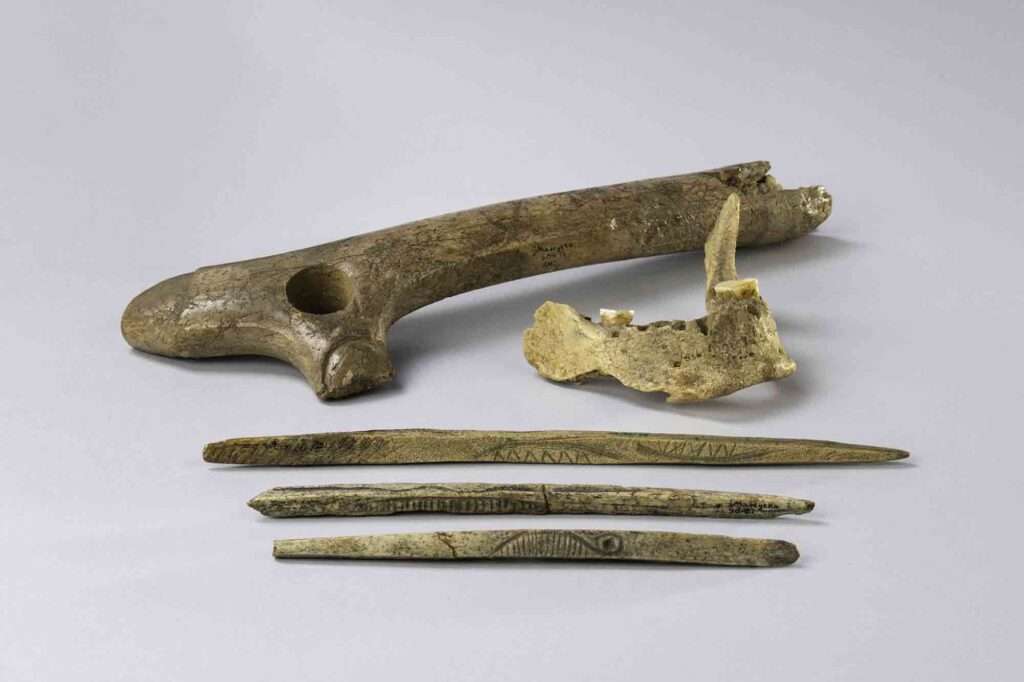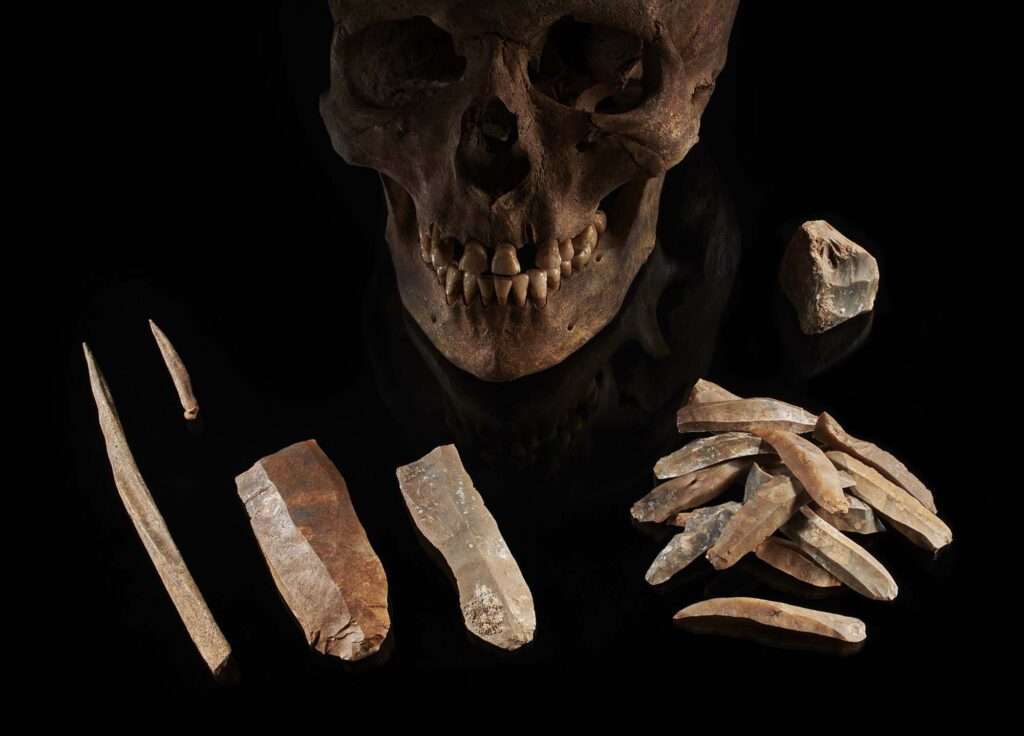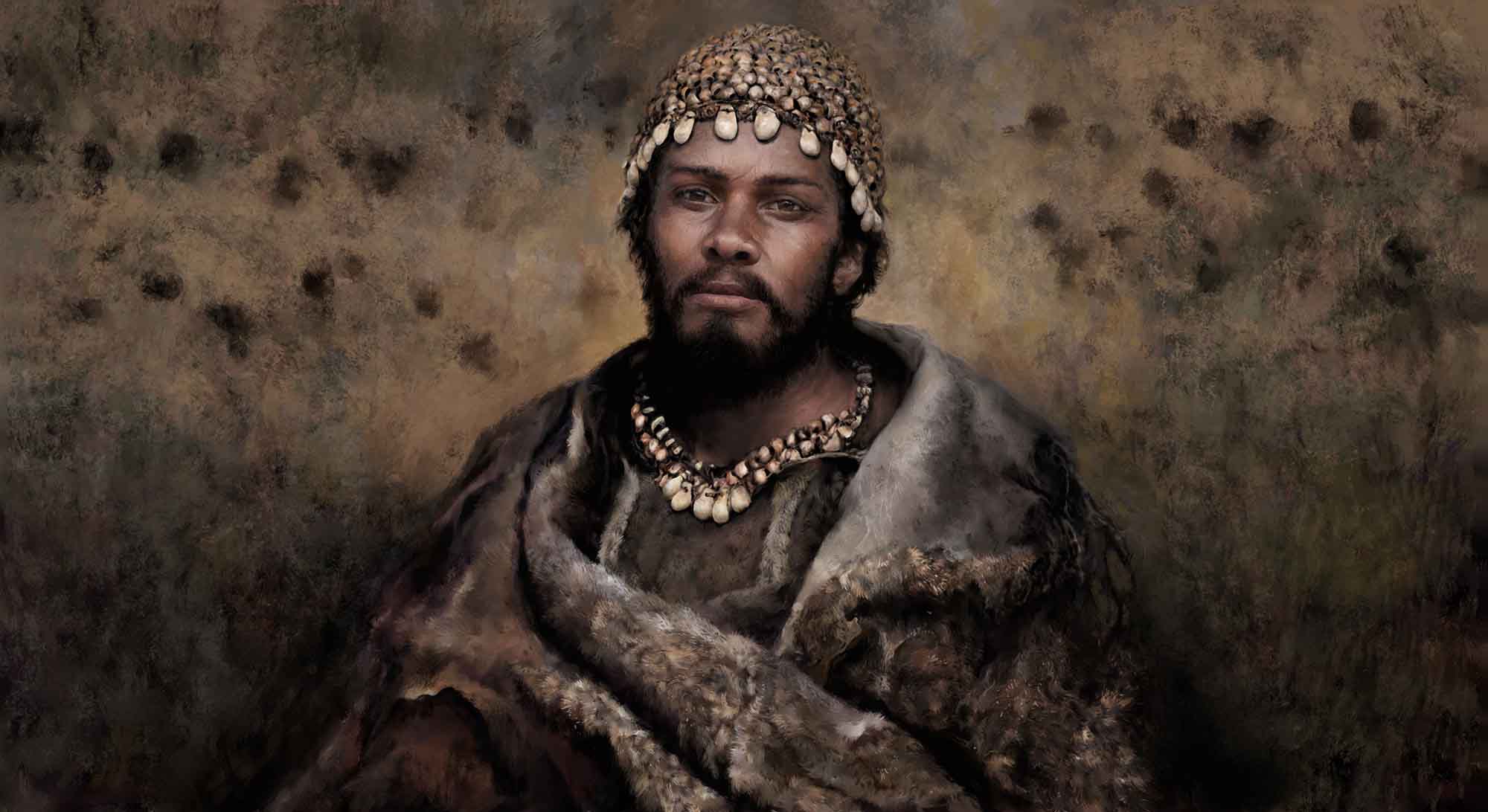A new study has revealed that only hunter-gatherers who sought refuge in Spain and Portugal survived the last Ice Age 30,000 years ago.
Using new DNA analysis of prehistoric human remains, the international research team consisting of 125 scientists was able to track down the destiny of the Gravettian culture in Europe.
The scientists found out that only members of the Gravettian who went west survived the worst period of the last Ice Age, known as the glacial maximum.
Their contemporaries, however, who headed to Italy, died out as a result of the harsh environmental conditions during the Ice Age’s peak.

Researcher and first author of the study Cosimo Posth said in a statement obtained by Newsflash: “With these findings, we can for the first time directly support the hypothesis that during the Last Glacial Maximum, people found refuge in the climatically more favourable region of southwestern Europe.
“To our big surprise, in Italy the population that was present before the last glacial maximum completely disappears. They didn’t make it.”
For the study the scientists evaluated the genomes of 356 prehistoric hunter gatherers from different archaeological cultures, including new data of 116 individuals from 14 different European and Central Asian countries.
The research reportedly focused on individuals who lived between 35,000 and 5,000 years ago, and that on some level related to present-day populations of Western Eurasia.
Thus dark-skinned and dark-eyed hunter-gatherer populations from the Gravettian culture who previously lived in central and southern Europe were no longer genetically present on the map after the Last Glacial Period, the scientists claimed.

They were reportedly replaced by blue-eyed newcomers from the Balkans with Near Eastern roots.
Co-author of the study He Yu said: “We find that individuals associated with a later culture, the Epigravettian, are genetically distinct from the area’s previous inhabitants,.
“Presumably, these people came from the Balkans, arrived first in northern Italy around the time of the glacial maximum and spread all the way south to Sicily.”
Further analysis revealed that the descendants of the Epigravettian populations of Italy migrated across the continent about 14,000 years ago.
They reportedly replaced inhabitants associated with the Magdalenian culture.
Senior author Johannes Krause claimed that climate change at the time prompted a large-scale genetic replacement on the continent by forcing people to migrate.

Krause said: “At that time, the climate warmed up quickly and considerably and forests spread across the European continent.
“This may have prompted people from the south to expand their habitat.
“The previous inhabitants may have migrated to the north as their habitat, the ‘mammoth’ steppe, dwindled.”
But after a 6,000-year-long period of no contact, populations from central and eastern Europe only began to mix about 8,000 years ago.
He Yu said: “At that time, hunter-gatherers with distinct ancestries and appearances started to mix with each other.
“They were different in many aspects, including their skin and eye colour.”
Krause added: “It is possible that the migration of early farmers into Europe triggered the retreat of hunter-gatherer populations to the northern edge of Europe.
“At the same time, these two groups started mixing with each other, and continued to do so for around 3,000 years.”

Posth concluded: “The data we gained from this study provides us with astonishingly detailed insights into the developments and encounters of West Eurasian hunter-gatherer groups.
“Further interdisciplinary research will clarify which exact processes were responsible for the genetic replacements of entire Ice Age populations.”
It was carried out by scientists from the University of Tuebingen and the Senckenberg Center for Human Evolution and Palaeoenvironment, the Peking University and the Max Planck Institute for Evolutionary Anthropology in Leipzig, Germany.
The study was published in the British weekly scientific journal ‘Nature’ on Wednesday, 1st March 2023.
To find out more about the author, editor or agency that supplied this story – please click below.
Story By: Georgina Jadikovska, Sub-Editor: Marija Stojkoska, Agency: Newsflash
The Ananova page is created by and dedicated to professional, independent freelance journalists. It is a place for us to showcase our work. When our news is sold to our media partners, we will include the link here.




